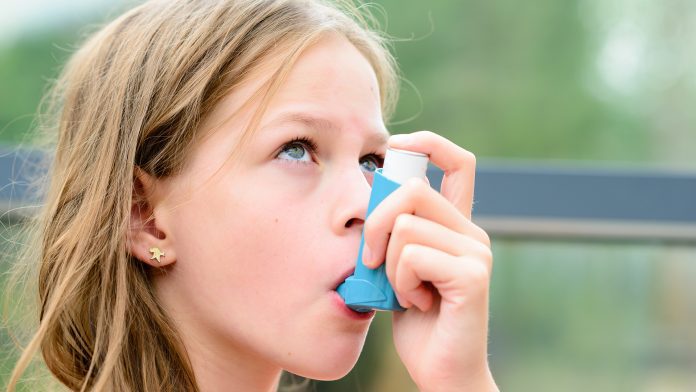
An NIH study reveals two outdoor air pollutants are associated with non-viral asthma attacks in children and adolescents.
The National Institute of Allergy and Infectious Diseases has found that moderate levels of two outdoor air pollutions – ozone and fine particulate matter – are associated with non-viral asthma attacks in children and adolescents who live in low-income urban areas.
“The strong association this study demonstrates between specific air pollutants among children in impoverished urban communities and non-viral asthma attacks further augments the evidence that reducing air pollution would improve human health,” said Hugh Auchincloss, MD, acting director of the National Institute of Allergy and Infectious Diseases (NIAID), part of NIH.
The findings were published in The Lancet Planetary Health.
Researching asthma attacks in children in urban areas
Asthma is caused by chronic inflammation of the airways. During an asthma attack, the airway lining swells, muscles around the airways contract, and the airways produce extra mucus, substantially narrowing the space for air to move in and out of the lungs.
Children in low-income urban environments in the United States are at high risk for attack-prone asthma. Asthma attacks instigated by respiratory virus infections are commonly investigated, but those resulting from such infections have not.
In the current study, the researchers looked at the relationship between air pollutant levels and asthma attacks occurring in the absence of a respiratory virus in 208 children aged six to 17 years who had attack-prone asthma and lived in low-income areas in one of nine US cities.
Following this, the researchers validated the associations they found between air pollution levels and non-viral asthma attacks in an independent cohort of 189 children aged six to 20 years with persistent asthma who also lived in low-income areas.
They followed the children for up to two respiratory illnesses or around six months, whichever came first. The illnesses were both categorised as viral or non-viral and whether they involved an asthma attack or not. The researchers then matched each illness with air quality index values and levels of individual air pollutants recorded by the Environmental Protection Agency in the relevant city on the dates surrounding the illness. The data was adjusted for two variables, city and season, to decrease their impact of them on the overall discoveries.
Attacks were associated with elevated pollution levels
The scientists found that asthma attacks had a non-viral cause in almost 30% of children, two to three times the proportion seen in non-urban children, according to previously published reports. These attacks were linked to locally elevated levels of fine particulate matter and ozone in outdoor air.
The team showed that changes in the expression of specific sets of genes that play a role in airway inflammation to elevated levels of these two pollutants by analysing nasal cell samples obtained from children during respiratory illnesses. Some of the identified gene expression patterns suggest that unique biological pathways may be involved in non-viral asthma attacks.









